The legend of the Loch Ness Monster, affectionately known as "Nessie," has captivated the imaginations of people around the world for decades. Nestled in the Scottish Highlands, Loch Ness is a deep, freshwater lake shrouded in mystery and folklore. The tales of a mysterious creature lurking beneath its dark waters have sparked countless investigations, debates, and even a thriving tourism industry. Whether a myth or a reality, the story of Nessie continues to endure, blending history, science, and a touch of magic.
The Origins of the Legend
The first recorded sighting of the Loch Ness Monster dates back to the 6th century, when Irish missionary Saint Columba reportedly encountered a "water beast" in the River Ness. According to historical accounts, the creature attacked a swimmer before being driven away by the saint's command. While this early tale is often dismissed as folklore, it laid the groundwork for centuries of speculation. The modern fascination with Nessie, however, began in the 1930s, when a series of sightings and photographs brought the creature into the global spotlight.
One of the most famous images, the "Surgeon's Photograph" taken in 1934, appeared to show a long-necked creature emerging from the water. Though later revealed to be a hoax, the photo cemented Nessie's place in popular culture. Over the years, numerous eyewitnesses have described a large, serpentine animal with humps or a long neck, often compared to a plesiosaur—a prehistoric marine reptile. Despite the lack of concrete evidence, the legend persists, fueled by occasional blurry photos, sonar readings, and unexplained ripples on the lake's surface.
The Science Behind the Myth
Scientists and skeptics have long sought to explain the Loch Ness phenomenon through rational means. Some theories suggest that sightings could be attributed to misidentified animals, such as otters, seals, or large fish like sturgeons. Others point to natural phenomena, like gas bubbles rising from the lakebed or unusual wave patterns caused by the loch's unique geography. Loch Ness is incredibly deep, with parts reaching over 750 feet, and its murky waters make it difficult to see more than a few feet below the surface. This combination of depth and opacity creates an ideal environment for mystery.
Several scientific expeditions have attempted to uncover the truth. In the 1970s, the Loch Ness Investigation Bureau conducted extensive searches using sonar and underwater cameras, but no definitive evidence was found. More recently, DNA sampling studies in 2018 analyzed water samples for traces of unusual organisms. The results identified no signs of large unknown creatures, instead pointing to an abundance of eel DNA. While this doesn't entirely rule out the possibility of Nessie, it does cast doubt on the existence of a prehistoric relic.
Cultural Impact and Tourism
Regardless of scientific findings, the Loch Ness Monster remains a cultural icon. The legend has inspired books, films, documentaries, and even cartoons. The nearby town of Drumnadrochit has embraced Nessie wholeheartedly, hosting museums, gift shops, and guided tours dedicated to the creature. Visitors flock to the loch year-round, hoping to catch a glimpse of the elusive beast or simply soak in the eerie atmosphere. The mystery itself is a draw, appealing to our innate curiosity about the unknown.
For many, the appeal of Nessie lies not in proving its existence but in the romance of the unexplained. In a world where so much is known and documented, the idea that something extraordinary could still be hiding in the depths of a Scottish lake is thrilling. The legend also serves as a reminder of humanity's long-standing connection to folklore and storytelling, where myths often blur the lines between reality and imagination.
The Enduring Mystery
As technology advances, the search for Nessie continues. High-resolution sonar, drones, and advanced cameras offer new ways to explore the loch's secrets. Yet, despite these tools, the monster remains as elusive as ever. Perhaps this is why the legend endures—it thrives on the balance between possibility and doubt. Whether Nessie is a figment of collective imagination or a real creature waiting to be discovered, the story is far from over.
In the end, the Loch Ness Monster is more than just a cryptid; it's a symbol of wonder. It represents the idea that there are still mysteries in the world waiting to be solved, and that sometimes, the journey of searching is just as meaningful as the answer itself. For now, the dark waters of Loch Ness keep their secrets, and the legend of Nessie lives on.

By Thomas Roberts/Apr 28, 2025
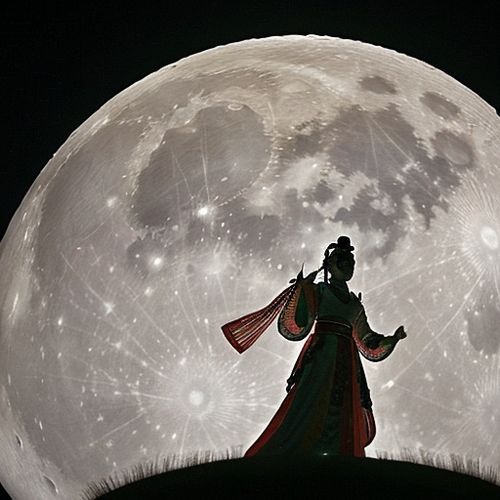
By Samuel Cooper/Apr 28, 2025
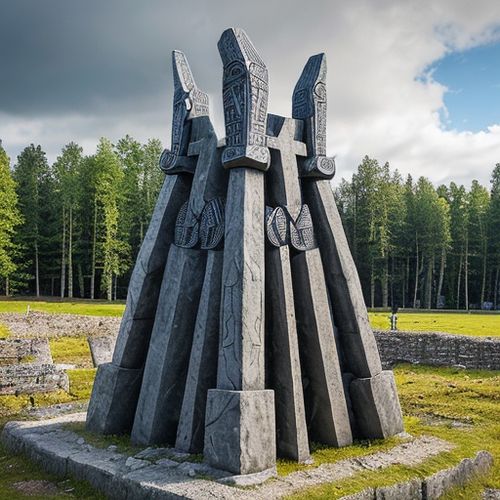
By Michael Brown/Apr 28, 2025
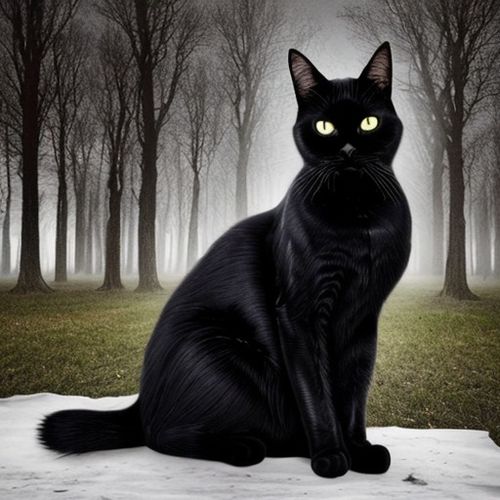
By Emily Johnson/Apr 28, 2025
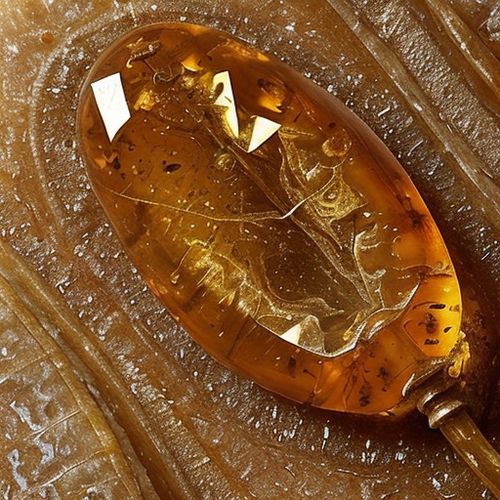
By Daniel Scott/Apr 28, 2025

By George Bailey/Apr 28, 2025
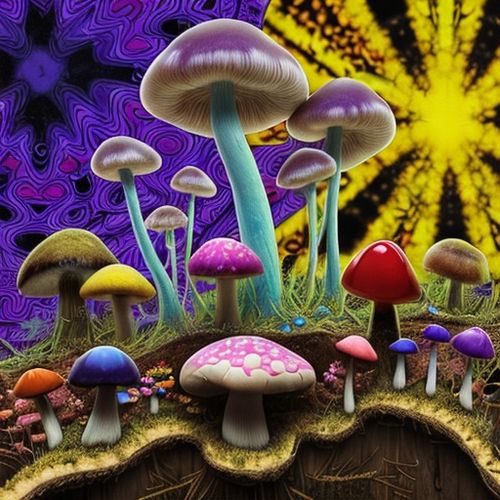
By Victoria Gonzalez/Apr 28, 2025
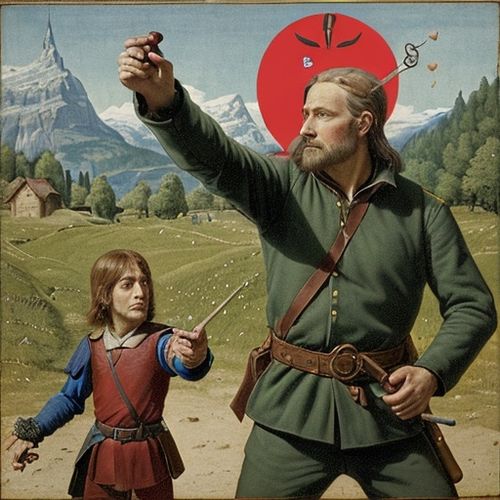
By David Anderson/Apr 28, 2025
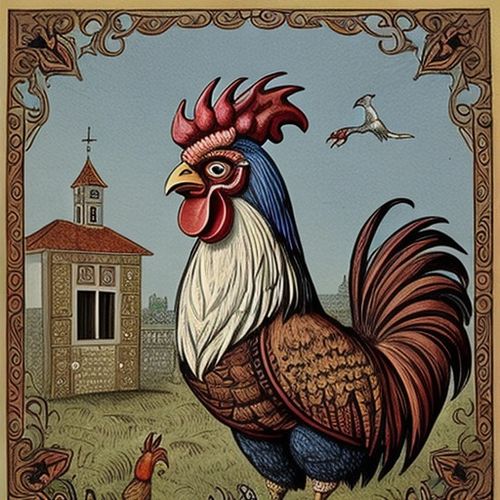
By Lily Simpson/Apr 28, 2025

By Laura Wilson/Apr 28, 2025

By Benjamin Evans/Apr 28, 2025

By Grace Cox/Apr 28, 2025
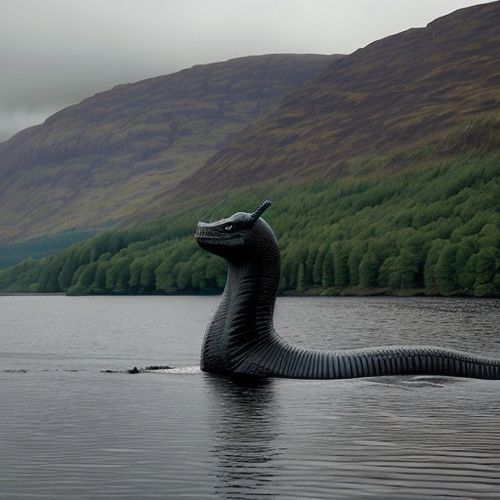
By Ryan Martin/Apr 28, 2025
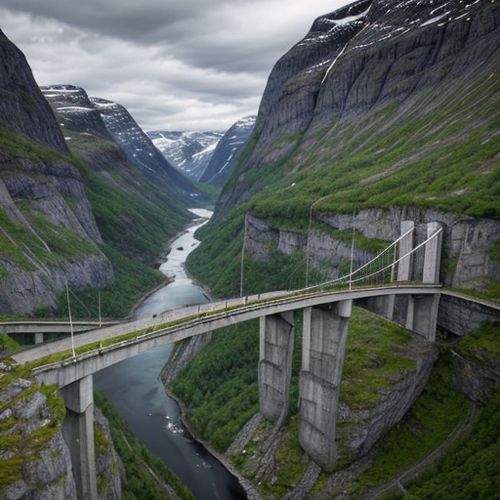
By Daniel Scott/Apr 28, 2025
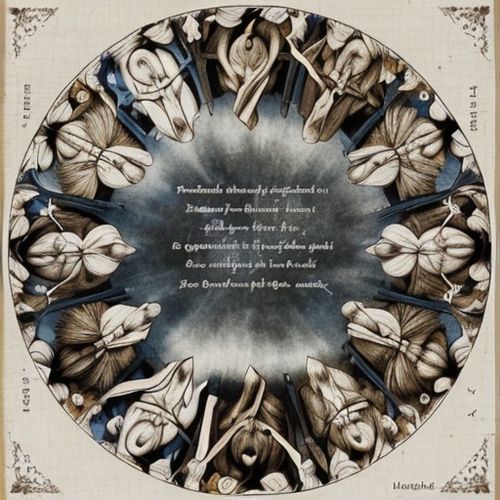
By Elizabeth Taylor/Apr 28, 2025
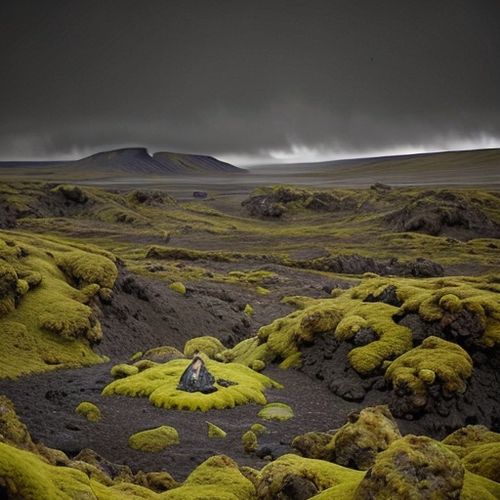
By Joshua Howard/Apr 28, 2025

By Emily Johnson/Apr 28, 2025